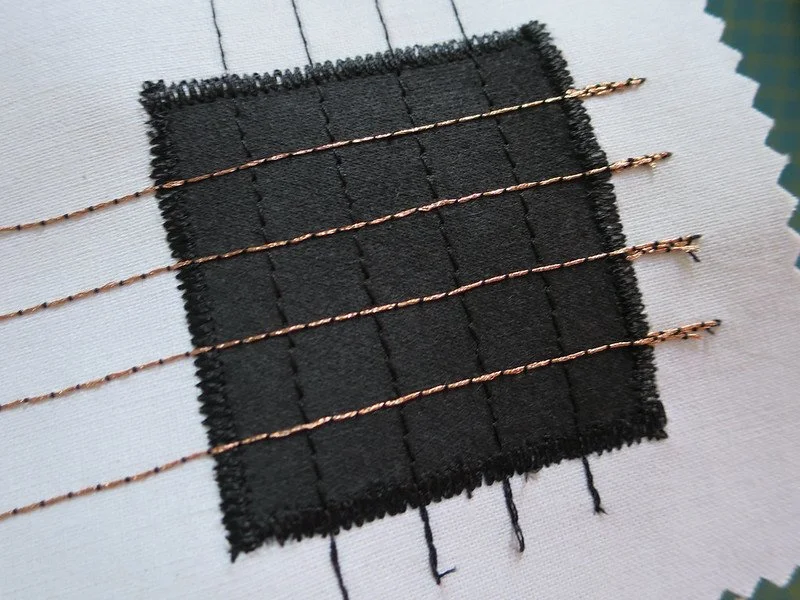I love it when a new piece of work comes in: the excitement of getting to know a new client and group, the creativity in designing a workshop which will fit the ambition and the constraints, deciding what kit to pack… And then there’s the worry and even bad dreams about the many ways it might go wrong, fall flat, peter out, end in chaos and disappointment.
A recent assignment involved a four-day hybrid multi-lingual, multi-time zone workshop based around an organisational assessment survey tool of some 80+ questions. There were many, many ways in which this might go wrong. Amongst our concerns was energy - of the group, and of the four-person facilitation team. As someone asked when I posted about it on LinkedIn, how did we survive and maintain energy?!
Well, we didn’t just survive, we thrived. But it took planning, prep and a willingness to press pause. Let me tell you more.
Troika consulting
I explained my dilemma to the other two people in my ‘troika’ group, and then turned my back. For the next few minutes, they discussed the problem as if I wasn’t there. I heard empathy, I heard honesty. They were free to talk to each other about what I’d said without worrying about me becoming defensive, or correcting them. They also said what they’d intuited about what I’d not said. It was liberating for us all.
Signalling roles when you're facilitating
"...and if there's any more [questions or feedback], please come and see one of us in the green t-shirts". How do we make it as easy as possible for participants - and the rest of the facilitation team - to spot us in a crowd?
Farmers who have been taking part in pilots for the new Sustainable Farming Incentive system came together to give feedback to the Defra team. This was a classic consultation event: no decisions were being made in the room. Instead, the client organisation wanted to harvest as much detail about what's working and what's not. So there were facilitators on every table and lots of worksheets for people to record their feedback on. The 'green t-shirts' are referenced at 5.15 on this video. Well done to the team from Sheffield University who ran these pilot learning events.
12+ insights about hybrid meetings on a shoestring
ORID
Here is a summary of the ORID focused conversation method, as described in Change Management for Sustainable Development.
A matrix to have up your sleeve
Don't settle for false consensus
What would Dumbledore do? 10 ways to spice up your brainstorms
When you need to help people get their creative juices flowing, free up their imagination and come up with ideas in quantity rather than being silenced by the need for quality... a brainstorm is the go-to technique. But sometimes the ideas stop, especially in a virtual meeting. Here are ten ways to get things moving again.
Lessons from collaborating - #NeverMoreNeeded
Sorry I'm late!
Putting a face-to-face climate research event online
How can we make our online events more beautiful?
When we set up 'real' rooms for participants, we use flowers, music, posters, objects, room layout and pay attention to countless little details, to create a beautiful, welcoming space which says "you matter" to participants. How can we do this online? Twenty facilitators, trainers, coaches and others joined a workshop to share ideas.
Bringing the analogue to digital meetings
Virtual coffee meet-ups for Sustainability Stay-at-Homes
Covid-19 and your meetings
Ten top tips for working with multi-language groups
What is a Citizens' Assembly?
Citizens’ Assemblies are having a bit of a moment in the UK, with Extinction Rebellion calling for them, and national governments, parliaments and local authorities commissioning them on subjects including the future of social care, air quality, transport and climate change. But what exactly is a Citizens’ Assembly?
5 Useful Tips to Work with Interpreters (and Translators) in a Multilingual Event
In this day and age, with the advent of globalisation, events attended by international audiences are commonplace. In such situations, organisers may need to hire professionals who will provide translation services. Guest post from Deborah Chobanian advises us on how to get the best from interpreters at an event.

















